Breaking Travel News interview: James Bennett, chief executive, Abu Dhabi Airports Company

As World Luxury Fashion Week gets underway in Abu Dhabi, Breaking Travel News catches up with James Bennett, chief executive officer, Abu Dhabi Airports Company, to find out what’s on the horizon as the local government looks to position Abu Dhabi as an exclusive, high-end tourist destination, targeting three million visitors per year by 2015.
BTN: Abu Dhabi looks set for strong growth according to OAG data, with the number of departures from Abu Dhabi International Airport estimated to climb by eight per cent this year. To what do you attribute this growth?
James Bennett: Government initiatives worth hundreds of billions US$ ensure that Abu Dhabi’s development is delivered according to a careful economic transformation strategy; the ‘Abu Dhabi 2030 Plan’ and underpins our forecasted aviation market growth.
Located in the heart of the Middle East, Abu Dhabi is a global and strategic hub for commerce and travel. One of the richest cities in the world, it has a strong and resilient economy and its wealth continues to grow.
With stunning scenery, year-round sunshine, a rich culture and the five star services of a modern Arabian capital city, Abu Dhabi has a broad tourist appeal.
The tourism offer in Abu Dhabi is undergoing significant upgrades to further enhance its product with major hotel and resort developments and new attractions.
Abu Dhabi Government is embarking on an ambitious strategy to attract three million visitors per year by 2015 and every aspect of the strategy works towards showcasing Abu Dhabi as an exclusive, high-end tourist destination where visitors can engage in world-class business and relax.
An ideal location at the midpoint between the East and West allows airlines operating from Abu Dhabi to capitalise on emerging Asian, African and Eastern European business and tourism markets.
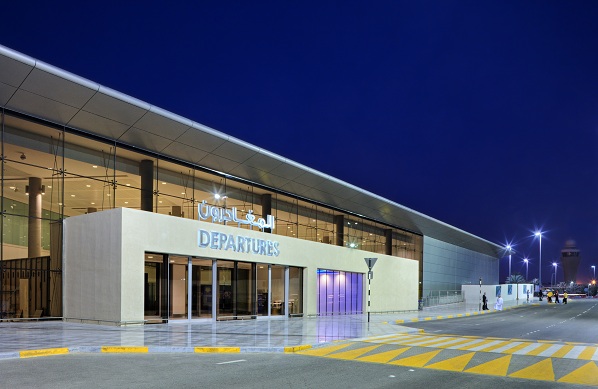
Abu Dhabi is renowned for its high yield business travel supported by multinational companies locating to Abu Dhabi, world-class business-tourism facilities, the benefits of free zone areas, and the growth in the diplomatic and UAE Government traffic backed by the booming headquarters of the oil and gas industry.
Annual tourist visits are expected to rise from 1.8 million visitors in 2010 to 2.7 million by 2013 and to 7.5 million by 2030, providing significant growth opportunities for the airline industries.
The total forecasted economic impact of the MTC, once fully completed, by 2030 will be in total AED billion 70.6, an increase of 6.3% to the non-oil GDP.
BTN: What key developments are in the pipeline for Abu Dhabi’s airports? Can you comment on the investment for these?
JB: ADAC is gearing up to cater to the anticipated growth in aviation activity within the region and Abu Dhabi by developing the MTC, an iconic terminal complex due to cater to up to 30 million per year for decades to come.
ADAC has also developed the Gulf Centre for Aviation Studies (GCAS) to train aviation professionals to operate and manage the future facilities and services. In addition, ADAC works closely with the local stakeholders, such as Abu Dhabi Tourism and Culture Authority and Department of Transport, to capitalise on their initiatives and ensure sustainable growth in the aviation sector in the Emirate.
The company also adapts continuously to the latest technologies wherever possible to ensure it provides all travellers with the most advanced high-tech services available worldwide, such as E-gates, self check-in kiosks, mobile apps and online tools, and off site check-in and facilities.
In line with Abu Dhabi Vision 2030, ADAC has adopted the diversification strategy through launching Abu Dhabi Free Zones at three of its airports; Abu Dhabi International Airport, Al Bateen Executive Airport, and Al Ain International Airport, and through offering incentives associated with private and public partnerships and investments and property development.
BTN: With so much on the horizon what will be your main priority for the 2013?
JB: ADAC’s vision is to become a leading airport group in the world, and the MTB will be our driving tool in achieving this, therefore delivering this mega project will be our focus for the coming five years.
In addition, ADAC will continue to invest in opportunities that will facilitate the addition of new airlines, destinations and frequencies to its airports’ networks.
BTN: Which new markets are emerging for Abu Dhabi? Is the Chinese market a significant one for you?
JB: As per the findings of our recent the ADAC Passenger Survey, India and Southeast Asia are viewed as markets with significant growth potential. Also with Rotana Jet and RAK Airways recently initiating domestic flights, the local market is becoming an emerging market for Abu Dhabi.
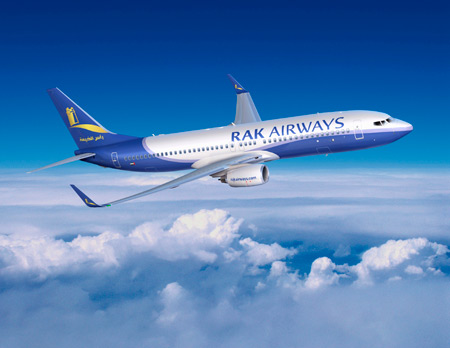
BTN: What are the main challenges you are currently facing? How can these be overcome?
JB: ADAC’s main challenge remains the capacity limitation given the anticipated growth of passenger traffic in the coming years.
The company had initiated the Capacity Enhancement Program (CEP) designed to grow the capacity of the existing facilities at Abu Dhabi International Airport as an interim solution till the MTB is delivered in 2017.
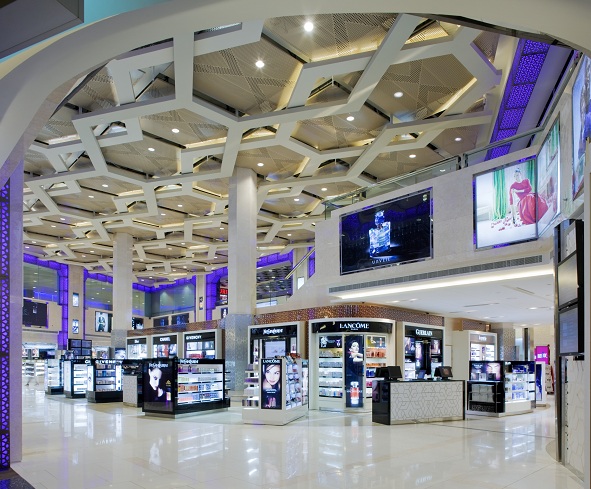
BTN: What are your predictions for the travel and tourism industry in Abu Dhabi over the next 5 years? Can you perhaps comment on any trends you are noticing?
JB: The coming years will see a substantial growth in the travel and tourism industry. Abu Dhabi is growing as a mid-sized global hub driven by continued growth of Etihad Airways, as the National airline takes delivery of its aircraft orders and add new services, along with the joining of new airlines attracted to the economic activity in Abu Dhabi.
Such growth will also be stirred and supported by the delivery of the Midfield Terminal Complex (MTC) in 2017 to serve more than 30 million passengers per year.
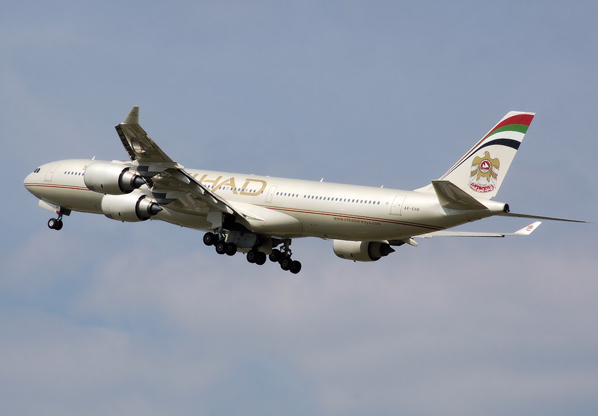
Abu Dhabi is also investing heavily in the tourism infrastructure and services as new hotels are opening or due to open in the coming years to meet the increasing demand from travellers, as well as the completion of key tourism attractions such as the cultural district in Saadiyat Island that includes the Louvre of France, the Guggenheim of Germany and the prestigious Zayed Museum.
Breaking Travel News: Can you comment on the significance of being the host destination for World Routes 2012?
JB: Abu Dhabi Airports Company is extremely proud to have hosted one of the world’s most renowned aviation events and to provide the networking platform for thousands of delegates and industry experts to jointly explore new business opportunities.
And, with Abu Dhabi being at the heart of the fastest growing region in the world, there was no better place for industry leaders to gather at present to plan the routes of the future.
World Routes 2012 provided an opportunity for ADAC to show the world how Abu Dhabi is growing to become a world aviation hub.
In 1996, Abu Dhabi International Airport had the pleasure of hosting the second annual World Routes Forum for a delegation of around 200 aviation professionals.
Today, 16 years later, World Routes has returned to Abu Dhabi on a significantly larger scale at the Abu Dhabi National Exhibition Centre, welcoming 2,800 delegates, including senior executives from 600 international airports and 300 leading airlines worldwide.
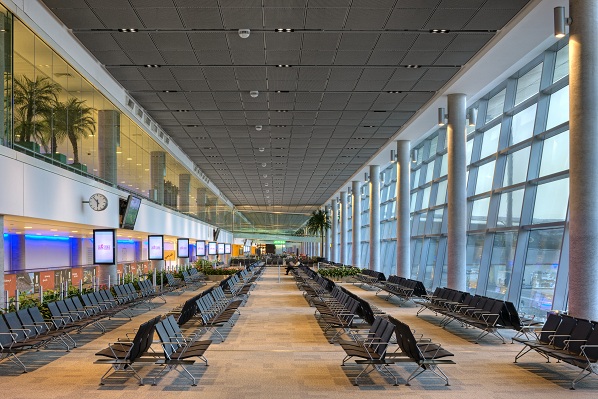
BTN: What is on the agenda for ADAC at the Routes Forum 2012?
JB: ADAC was eager to host World Routes 2012 in Abu Dhabi to demonstrate to decision makers from around the globe how Abu Dhabi International Airport is a key hub for aviation in the region and to showcase the opportunities available in Abu Dhabi as a business and leisure destination.
At the Forum, members from the ADAC team met with aviation leaders from around the globe in order to foster and facilitate relationships with current and potential partners.
As well as the World Route Development Forum, ADAC was proud to host the Strategy Summit – the conference held in conjunction with the 18th World Route Development Forum.
Alongside meetings and networking opportunities, the Strategy Summit provided an excellent platform for aviation specialists from around the globe to discuss current and future opportunities and challenges facing the air transport industry on an international, regional and local scale, including taxation, rising oil prices, aeropolitics, environmental factors, sustainable route development, economic development, and general regional perspectives on aviation and its continued industry growth.

